Top 20
Top 20 Best Banks in India: Ranking on Individual
The banking system in India plays a key role in the country’s economy as well as in the financial decisions of the common masses. In the beginning, banks were established to allow common individuals and business entities to safely stash their money with a centralized keeper. Over the years, banks grew in terms of capabilities and also, provided more services and facilities to the people as well as commercial entities both in the country and across.
Today, banks aren’t merely our lockers where we keep our hard-earned income with safety and assurance in these financial institutions. These banks also provide a range of services, promotional offers, and a means of convenient banking through online and mobile platforms. Thus, banks in India can be broadly classified into different categories or sectors, like public, private, commercial, co-operative, regional, foreign, payments, and many more. All these divisions of banks in the country are regulated by the Reserve Bank of India (RBI), which is the central bank and the regulatory body that functions under the Ministry of Finance of the Government of India. RBI regulates the country’s entire banking system in accordance with the legislature act, RBI Act, 1934.
Presently, there are more than a dozen banks in India with their offices, branches, ATMs, and digital banking facilities that are available in almost every region of the country.
However, we’re going to pick twenty such banks in India that not only have their presence throughout the country but also across the nation via their subsidiaries, services, etc.
List of 20 Public & Private Sector Banks in India with Retail, Corporate, and International Banking Facilities
The following is a non-exhaustive list (in alphabetical order) of twenty public and private sector banks in India for all your financial investments, savings, wealth generation, insurance cover, asset holdings, etc.
1. Axis Bank Ltd.
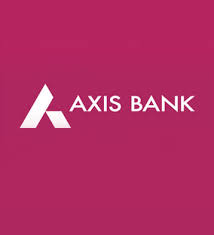
Website: https://www.axisbank.com/
No. of Branches: 4,594
No. of ATMs: 12,000+
Axis Bank is a private sector financial institution in India that was started in 1993 and is headquartered in Mumbai. The bank was earlier called UTI Bank but had its name changed in the year 2007.
The bank offers various products and services to domestic and international customers, which include retail and corporate banking, digital banking, commodities, credit cards, equities trading, investment management, mortgage loans, mutual funds, private equity, risk management, and wealth management, and asset management. These products and services are provided through the bank’s subsidiaries. In addition to having its branches in various regions around the country, Axis Bank also operates its international subsidiary in London, the United Kingdom along with more offices and branches which are located in nine countries.
2. Bandhan Bank Limited
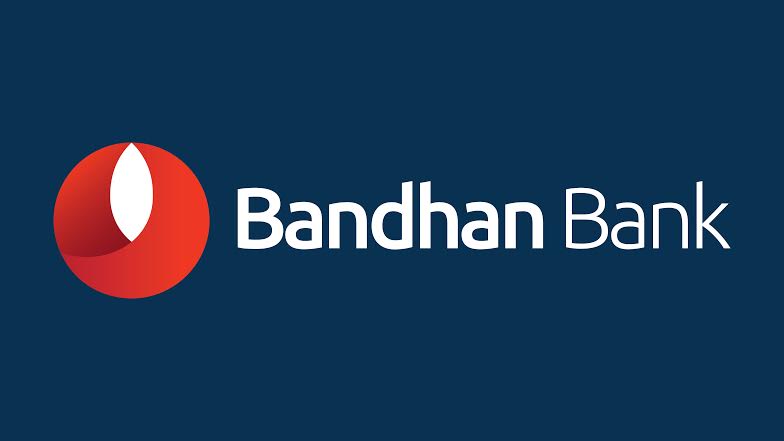
Website: https://bandhanbank.com/
No. of Branches: 5,639
No. of ATMs: 480+
Bandhan Bank Limited is a private sector financial institution in India with its headquarters located in Kolkata. Prior to its formation as a universal bank in 2015, it was started as a microfinance institution in 2001 that provided finance to the marginalized section of people in the country. Today, the bank has a presence in almost all the states in the country.
Bandhan Bank provides customers with a range of financial products and services, which include consumer banking, credit cards, micro-enterprise banking, insurance, investment management, mortgage loans, mutual funds, and many more.
3. Bank of Baroda (BOB)
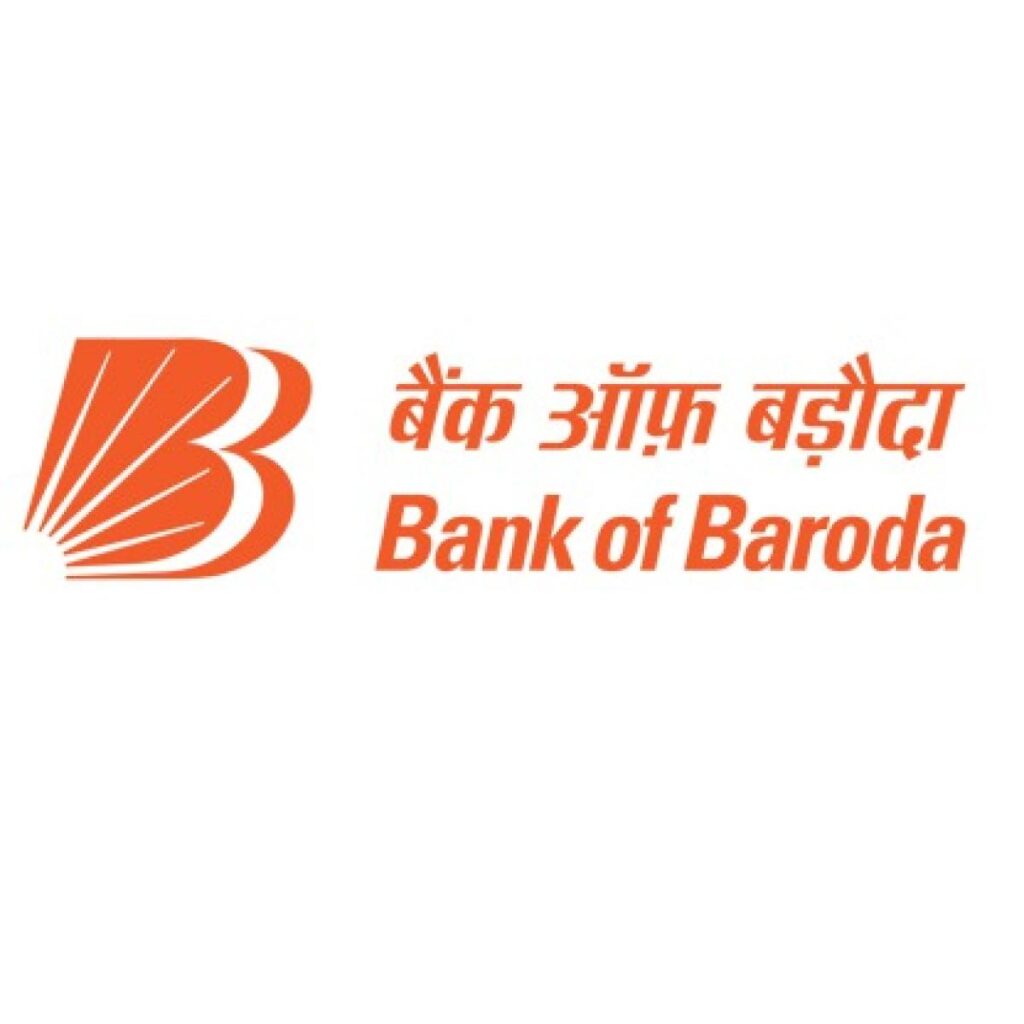
Website: https://www.bankofbaroda.in/
No. of Branches: 8,214
No. of ATMs: 10,000+
Bank of Baroda is a public sector financial institution in India and also one of the oldest operating banks in the country. The bank was formed in 1908 by Maharaja Sayajirao Gaekwad III of the Gaekwad dynasty (Maratha Empire) in Baroda (now called Vadodra) and is headquartered in Vadodra, in the state of Gujarat. The Bank of Baroda, or BOB, is the third-largest nationalized commercial bank in India.
Bank of Baroda provides customers with a range of products and services, which include retail banking, commercial banking, private banking, investment banking, savings, credit cards, financial services, mortgage loans, private equity, securities, wealth management, and asset management, and more. In addition to having its branches in various regions around the country, the Bank of Baroda (BOB) also operates its international subsidiaries along with more offices and branches which are located in different parts of the countries around the world.
4. Bank of India (BOI)
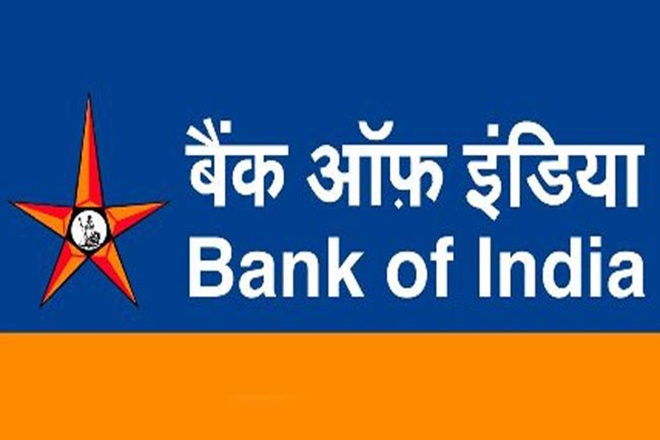
Website: https://www.bankofindia.co.in/
No. of Branches: 5,430
No. of ATMs: 5,500+
Bank of India (BOI) is a public sector financial institution in India that was started in 1906 and nationalized in 1969 with its headquarters located in Mumbai. It is also one of India’s oldest operating banks.
Bank of India, or BOI, provides its customers a range of financial products and services, which include personal banking, corporate banking, digital banking, finance and insurance, investment banking, mortgage loans, private banking, private equity, savings, securities, asset management, wealth management, and many more. In addition to having its branches in various regions around the country, the Bank of India also operates its international subsidiaries along with offices and branches which are located in different countries around the world.
5. Canara Bank
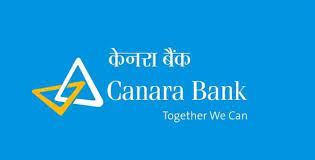
Website: https://canarabank.com/
No. of Branches: 10,416
No. of ATMs: 11,800+
Canara Bank is a public sector financial institution in India and also, one of the leading banks in the country. The bank was started in 1906 as a private sector bank by Ammembal Subba Rao Pai, who was a banker and a lawyer by profession. The bank was then called the Canara Hindu Permanent Fund and its headquarters was in Mangalore (now Mangaluru) in the state of Karnataka. The bank’s name, however, was changed to Canara Bank Limited in 1910 and changed again to Canara Bank in 1969, after being nationalized by the Ministry of Finance of the Government of India. The bank headquarter also moved to Bengaluru (formerly Bangalore), Karnataka’s capital city. Through the years, Canara Bank acquired about 9 regional banks located in southern India and also merged with the Syndicate Bank in 2019 under the Ministry of Finance.
Canara Bank provides its customers with a range of financial products and services that include private banking, retail banking, commercial banking, digital banking, credit cards, investment banking, mortgage loans, pensions, asset management, and many more. In addition to having its branches in various regions around the country, the Canara Bank also operates its international subsidiaries along with offices and branches which are located in different countries around the world.
6. Central Bank of India (CBI)

Website: http://www.centralbankofindia.co.in/
No. of Branches: 4,608
No. of ATMs: 3,600+
The Central Bank of India is a public sector financial institution in India with its headquarters located in Mumbai. The bank was started in 1911 by Sir Sorabji Nusserwanji Pochkhanawala, who was a banker by profession, and in the year 1969, the bank was nationalized by the Ministry of Finance of the Government of India.
Note: Central Bank of India (CBI) isn’t the governing banking system of India, as its name may appear. It is actually the Reserve Bank of India (RBI) which actually governs the country’s banking sector under the guidelines of the RBI Act, 1934.
In order to access internet banking services, the Central Bank of India redirects all retail and corporate customers to their official online banking website https://www.centralbank.net.in/.
Central Bank of India provides customers with a range of products and services, which include retail banking, commercial banking, digital banking, credit cards, investment banking, agriculture/farmer schemes, mortgage loans, gold loans, asset management, and many more.
7. Federal Bank Limited

Website: https://www.federalbank.co.in/
No. of Branches: 1,291
No. of ATMs: 1,900+
The Federal Bank Limited is a private sector financial institution in India and also one of the oldest operating banks in the country. The bank’s headquarter is located in Kochi (formerly Cochin) in the state of Kerala. When formed in the year 1931, the bank was then called the Travancore Federal Bank, named after the place of Travancore. Its name was changed to Federal Bank Limited in 1949 as a scheduled commercial bank.
The Federal Bank Limited provides customers with a range of financial products and services, which include retail banking, wholesale banking, debit cards, credit cards, investment banking, finance and insurance, mortgage loans, wealth management, and many more.
8. HDFC Bank Ltd.
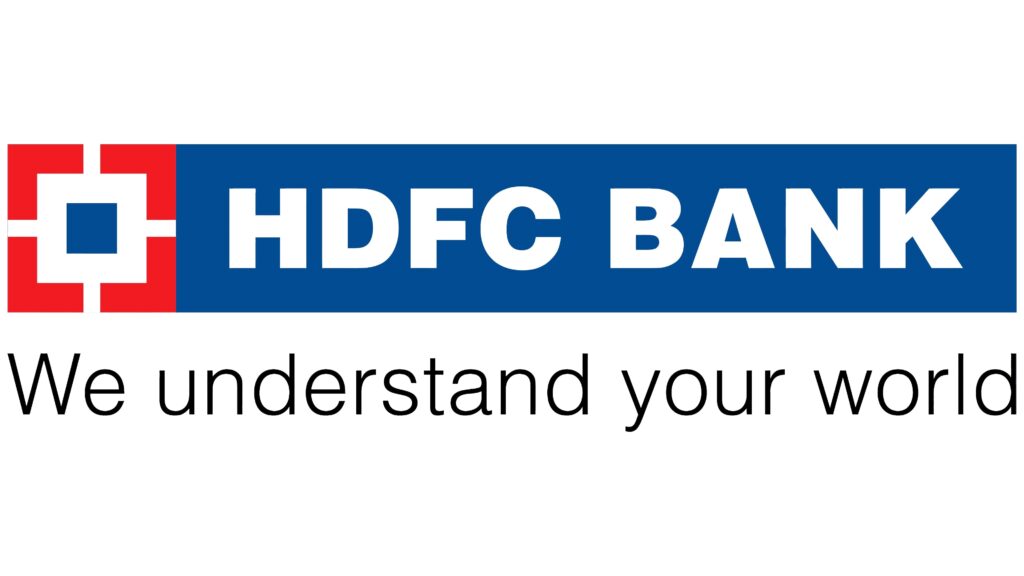
Website: https://www.hdfcbank.com/
No. of Branches: 5,608
No. of ATMs: 16,000+
HDFC Bank is a private sector financial institution in India that was started in 1994 and is headquartered in Mumbai. It is a subsidiary of the Housing Development Finance Corporation (HDFC), a privately held company that is primarily involved in providing housing finance to individuals and corporations in the country.
HDFC Bank provides its customers with a wide range of products and services, such as wholesale banking, retail banking, digital banking, treasury, auto-mobile loans, two-wheeler loans, personal loans, loans against property, consumer durable loan, lifestyle loan, credit cards, and more. Also, the bank provides digital products, like Payzapp and SmartBUY that function via the internet and on mobile devices. In addition to having its branches in various regions around the country, HDFC Bank also operates its international subsidiaries along with offices and branches which are located in different countries around the world.
9. ICICI Bank Ltd.
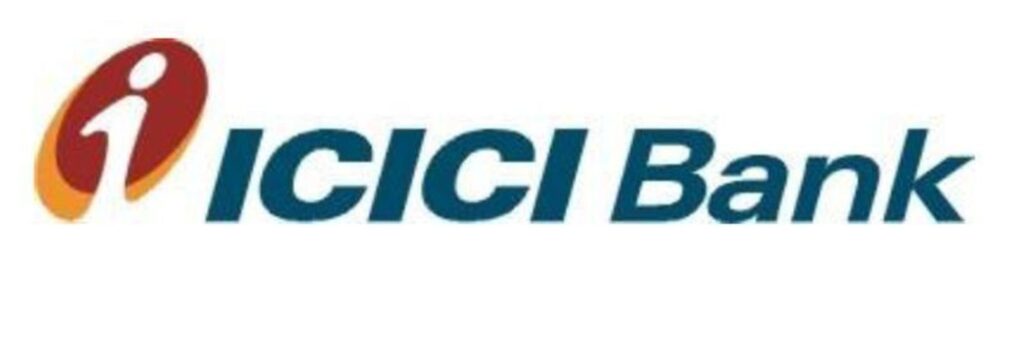
Website: https://www.icicibank.com/
No. of Branches: 5,266
No. of ATMs: 13,000+
ICICI Bank is a private sector financial institution in India that was started in 1994 and is headquartered in Vadodra in the state of Gujarat. When the bank was formed, it was called Industrial Credit and Investment Corporation of India (ICICI), but later decided to stick with ICICI Bank as its name.
ICICI Bank provides its customers with a range of products and services that include personal and corporate banking, digital banking, commodities, credit cards, equities trading, insurance, investment management, mortgage loans, mutual funds, private equity, risk management, wealth management, asset management, and more. The bank also provides a digital wallet payment called ICICI Pocket. In addition to having its branches in various regions around the country, ICICI Bank also operates its international subsidiaries along with offices and branches which are located in different countries across the globe.
10. IDBI Bank Limited
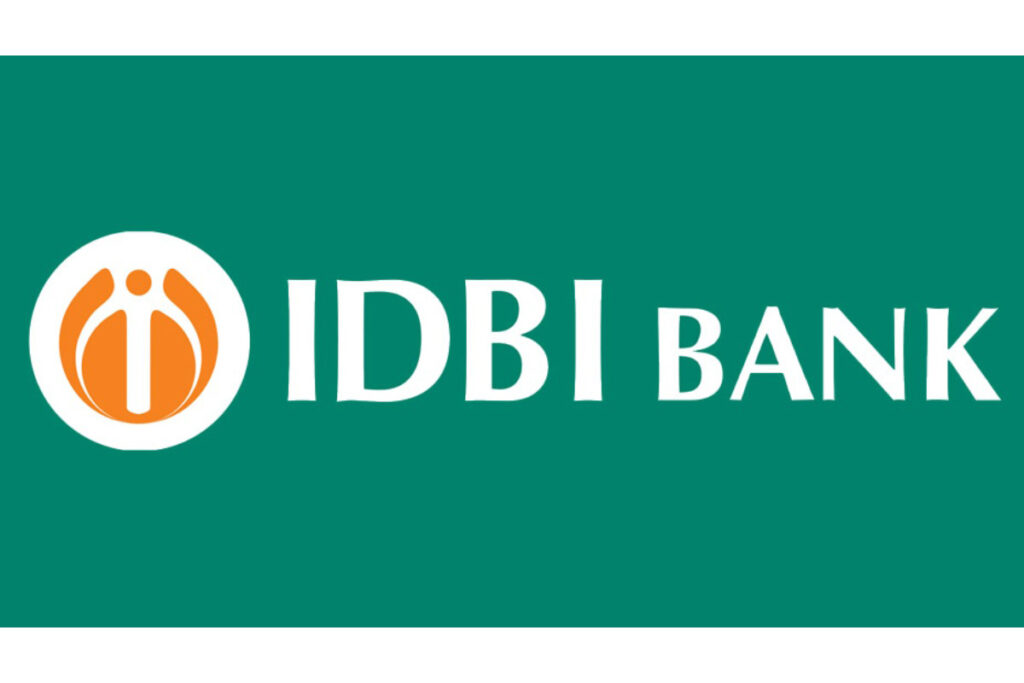
Website: https://www.idbibank.in/
No. of Branches: 1,892
No. of ATMs: 3,600+
IDBI Bank is presently a privately-held subsidiary bank of the Life Corporation of India (LIC). Prior to that, the IDBI bank was started as the Industrial Development Bank of India in 1964 by the Reserve Bank of India. The bank was later converted into a commercial bank and is currently used for retail and corporate banking.
IDBI bank provides customers with financial products and services, such as commercial banking, retail banking, credit cards, investment banking, asset management, pensions, mortgage loans, and many more. In addition to having its branches in various regions around the country, IDBI Bank also operates its subsidiaries along with offices and branches which are located in different regions of the country.
11. Indian Bank (IB)
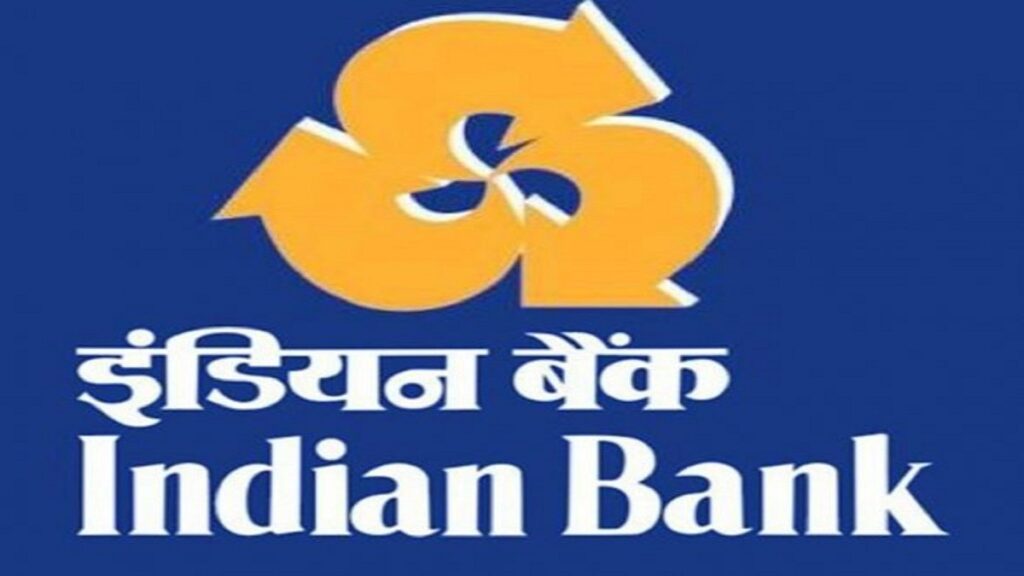
Website: https://www.indianbank.in/
No. of Branches: 5,744
No. of ATMs: 5,400+
Indian Bank is a public sector financial institution in India with its headquarters located in Chennai. The bank was formed in 1907 and was nationalized in 1969 by the Ministry of Finance of the Government of India, along with several other banks. It is also one of the oldest operating banks in India. The Indian Bank merged with Allahabad Bank in 2020.
Note: In order to access internet banking services, Indian Bank redirects its customers to its official online banking website https://www.indianbank.net.in/.
Indian Bank, or IB, provides customers a range of products and services, which include consumer banking, corporate banking, digital banking, credit cards, finance and insurance, mortgage loans, investment banking, merchant banking, private equity, private banking, savings, wealth management, and many more. In addition to having its branches in various regions around the country, Indian Bank also operates its subsidiaries along with offices and branches which are located in different countries around the world.
12. Indian Overseas Bank (IOB)
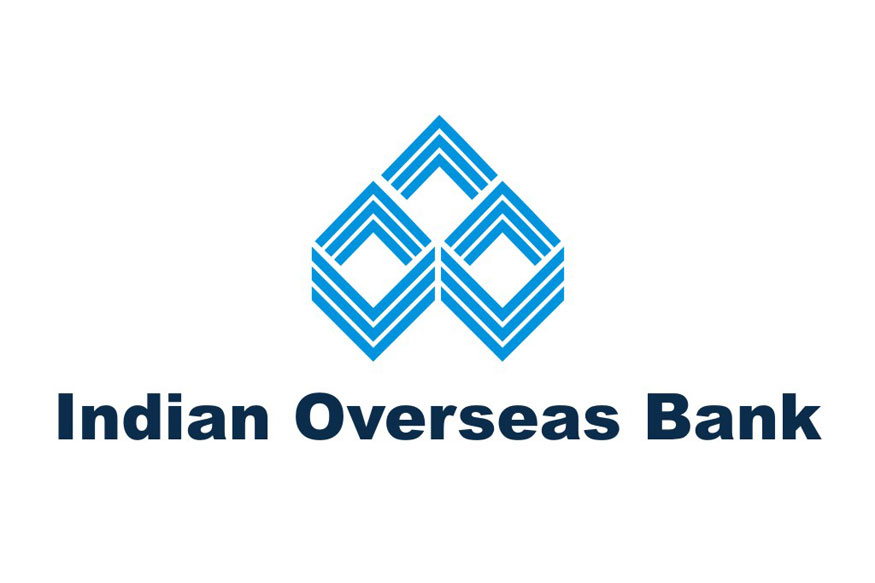
Website: https://www.iobnet.co.in/
No. of Branches: 3,615
No. of ATMs: 3,000+
Indian Overseas Bank (IOB) is a public sector (government-owned) nationalized bank of India, and also one of the oldest in the country. IOB was formed in 1937 and is headquartered in Chennai.
IOB provides its customers with financial products and services that include personal and corporate banking, loans, credit cards, savings, investment vehicles, digital banking, etc. In addition to having its branches in various regions around the country, the Indian Overseas Bank also operates its international subsidiaries along with offices and branches which are located in different parts of the world.
13. IndusInd Bank

Website: https://www.indusind.com/
No. of Branches: 2,015
No. of ATMs: 2,800+
IndusInd Bank is a private sector financial institution in India that was started in 1994 and is headquartered in Mumbai. It is run by the Hinduja Group. The bank, however, claims that its name was inspired by the Indus Valley Civilisation (aka Harappan civilization during the Bronze Age), which was an urbanized community situated in close proximity to the Indus river in north-western India.
IndusInd Bank provides a range of products and services, such as personal banking, corporate banking, digital banking, credit cards, finance and insurance, mortgage loans, private banking, wealth management, investment banking, and many more. In addition to having its branches in various regions around the country, IndusInd Bank also operates its international subsidiaries along with offices and branches which are located in different countries around the world.
14. ING Vysya Bank
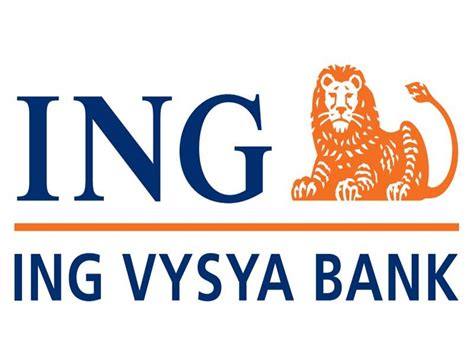
Website: https://www.kotak.com/en/home.html
No. of Branches: 574
No. of ATMs: 350+
ING Vysya Bank is a private sector financial institution in India that was formed in 2002 and is headquartered in Bengaluru (formerly Bangalore). The bank is a merger between Vysya Bank, one of India’s oldest operating banks, and the Amsterdam-based ING (International Netherlands Group) Group, which is Europe’s largest bank. ING Vysya Bank, however, was acquired by the Kotak Mahindra Bank in 2015.
Note: After the merger between ING Vysya Bank and Kotak Mahindra Bank, its internet banking services can be accessed from the official website of the Kotak Mahindra Bank.
ING Vysya Bank offers products and services in the retail, private and wholesale banking areas. These areas further include cheque accounts, savings deposits, current deposits, retail wealth management services, consumer loans, agricultural/rural banking, and retail life insurance products. Their wholesale banking business provides corporate clients in India with a range of commercial, transactional, and electronic banking products. The bank also offers client-focused products, which include working capital finance, trade, and transactional services, foreign exchange, term loans, and cash management services. In addition to having its branches in various regions around the country, ING Vysya Bank also operates its international subsidiaries along with offices and branches which are located in different countries around the world.
15. Kotak Mahindra Bank Ltd.
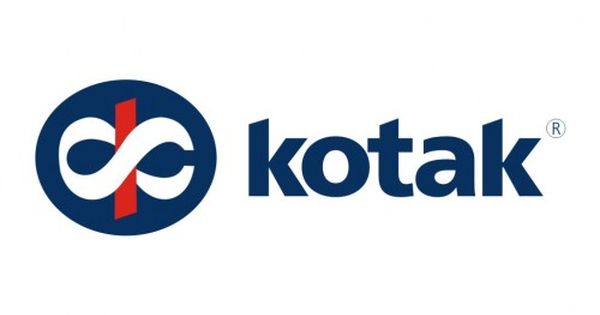
Website: https://www.kotak.com/en/home.html
No. of Branches: 1,604
No. of ATMs: 2,500+
Kotak Mahindra Bank is a private sector financial institution in India that was started in 2003 and is headquartered in Mumbai. The bank is named after its founder, Uday Suresh Kotak, who is a banker by profession and also the present managing director and CEO of the financial institution.
Kotak Mahindra Bank, through its various subsidiaries, provides its customers a range of products and services, which include personal banking, corporate banking, digital banking, commodities, credit cards, equities trading, insurance, investment management, mortgage loans, mutual funds, private equity, risk management, wealth management, asset management, and many more. In addition to having its branches in various regions around the country, Kotak Mahindra Bank also operates its international subsidiaries along with offices and branches which are located in different countries around the world. Kotak Mahindra Bank acquired ING Vysya Bank, which is also a private-sector bank of the Indian-based Vysya Bank and the Dutch ING Group.
16. Punjab & Sind Bank
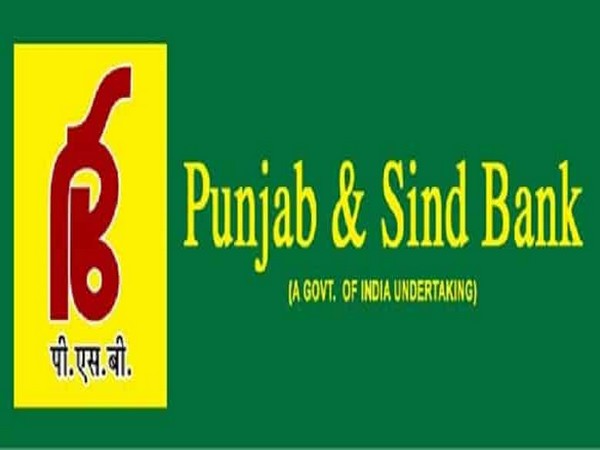
Website: https://punjabandsindbank.co.in/
No. of Branches: 1,526
No. of ATMs: 800+
Punjab & Sind Bank is a public sector financial institution in India with its headquarters presently located in New Delhi. The bank was started in Amritsar, Punjab, in the year 1908 by a group of individuals, one among them was Bhai Vir Singh, a scholar, theologian, and poet in British India. Several years later, in 1980, the bank was nationalized by the Ministry of Finance of the Government of India.
Punjab & Sind Bank provides customers with a range of products and services, which include personal banking, corporate banking, digital banking, credit cards, finance and insurance, investment banking, mortgage loans, wealth management, and many more.
17. Punjab National Bank (PNB)

Website: https://www.pnbindia.in/
No. of Branches: 11,809
No. of ATMs: 13,000+
Punjab National Bank, or PNB, is a public sector financial institution in India that was formed in 1894 and is headquartered in New Delhi, the country’s capital city. It is one of India’s oldest operating banks and the second-largest nationalized bank in the country.
PNB provides its customers with a range of financial products and services, which include personal banking, corporate banking, digital banking, credit cards, finance and insurance, investment banking, mortgage loans, private banking, private equity, wealth management, and many more. In addition to having its branches in various regions around the country, Punjab National Bank also operates its international subsidiaries along with offices and branches which are located in different parts of the countries all over the world. PNB has merged with several banks, like the Hindustan Commercial Bank, Oriental Bank of Commerce, United Bank of India, and a few others.
18. State Bank of India (SBI)
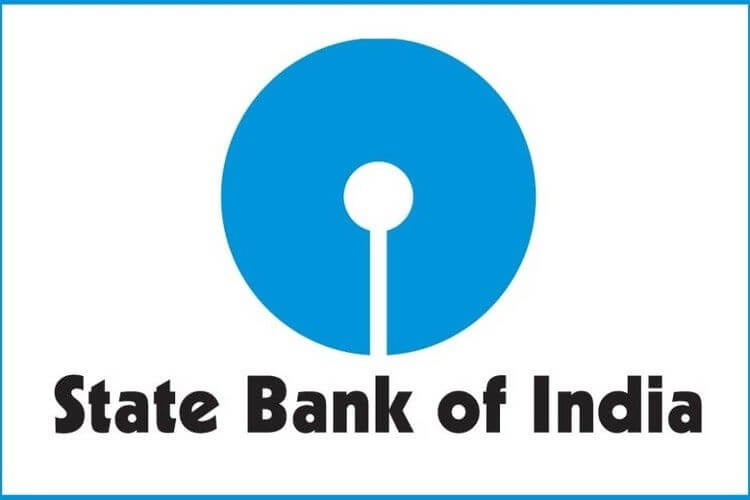
Website: https://sbi.co.in/
No. of Branches: 22,219
No. of ATMs: 62,600+
State Bank of India, or SBI, is a public sector financial institution in India that was formed (renamed from the erstwhile Imperial Bank of India) in 1955 and is headquartered in Mumbai. It was previously called the Imperial Bank of India, which was a merger between the Bank of Calcutta (established in 1806), the Bank of Bombay (established in 1840), and the Bank of Madras (established in 1843), respectively.
Note: In order to access online banking services, SBI redirects all retail and corporate customers to their official internet banking website https://onlinesbi.com/.
SBI provides its customers with a range of financial products and services, which include retail banking, corporate banking, digital banking, investment banking, mortgage loans, private banking, wealth management, credit cards, finance and insurance, and many more. In addition to having its branches in various regions around the country, the State Bank of India also operates its international subsidiaries along with offices and branches which are located in different parts of the countries around the world
19. UCO Bank

Website: https://www.ucobank.com/
No. of Branches: 3,087
No. of ATMs: 2,500+
UCO Bank is a public sector financial institution in India that was started by industrialist Ghanshyam Das Birla (aka G, D, Birla) in 1943 and was called the United Commercial Bank back then. After a few years, in 1969, the initially private sector bank was nationalized by the Government of India, and thus, in the year 1985, the bank became to be called the UCO Bank of today. The bank headquarter still remains to be located in Kolkata (formerly Calcutta).
The UCO Bank provides its customers a range of financial products and services, which include personal banking, corporate banking, digital banking, card-less cash withdrawal (UCASH), finance and insurance, investment banking, mortgage loans, and private banking, wealth management, and many more. In addition to having its branches in various regions around the country, the UCO Bank also operates its international subsidiaries along with offices and branches which are located in different parts of the countries around the world.
20. Union Bank of India (UBI)

Website: https://www.unionbankofindia.co.in/
No. of Branches: 9,316
No. of ATMs: 12,900+
The Union Bank of India is a public sector financial institution in India that was formed in 1919 and is headquartered in Mumbai. It is also one of the oldest operating banks in the country. Recently, the Union Bank of India, or UBI, had merged with two other public sector banks, namely the Andhra Bank (established in 1923) and the Corporation Bank (established in 1906), respectively. The amalgamation of these banks grew UBI’s branch network within India as well as in many overseas countries through its subsidiaries.
UBI provides its customers with a range of financial products and services, which include personal banking, corporate banking, digital banking, finance and insurance, investment banking, mortgage loans, private banking, wealth management, and many more. In addition to having its branches in various regions around the country, the Union Bank of India (UBI) also operates its international subsidiaries along with offices and branches which are located in different parts of the countries around the world.
Conclusion
India is home to many nationalized as well as privately-owned banks and these financial institutions are often ranked in terms of their market capitalization, customer base, service availability, and geographical network. The above-mentioned top banks in India have a large number of customers that use their products and services in order to meet one’s financial needs or goals.

















